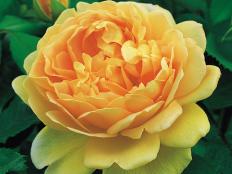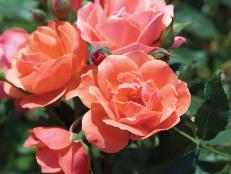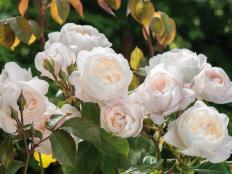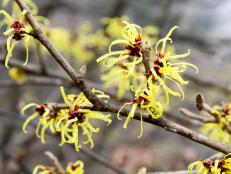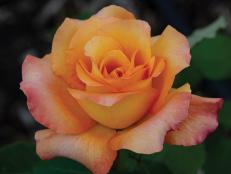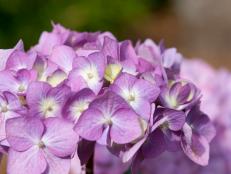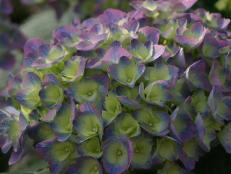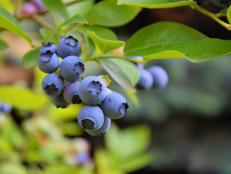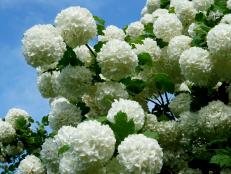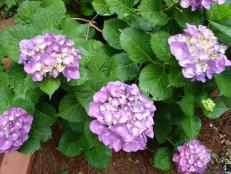Everything You Need to Know About Roses

Who knows what Gertrude Stein really meant when she wrote, "A rose is a rose is a rose is a rose." All we know is that the rose is a symbol of beauty, of peace and of nature's bounty. And we love them whether they're in a lush bouquet, tucked into someone's hair, stamped onto greeting cards or running rampant over a garden trellis.
The History of Roses
Species Roses
- Thought to be 35 million years old, "species" roses are called "nature's roses" because they're the source of all other rose varieties. Their simple flowers often have only a simple row of petals.
- The Apothecary's Rose was identified in literature as early as the 14th century but could be older. This rose gets its name because it was used heavily in medieval medicine.
- The Romans' favorite rose was 'Autumn Damask.'
Old Garden Roses
- The result of nature's own matchmaking and man's early efforts to cross one rose with another, old garden roses offer a glorious diversity of delicate blooms, colors and fragrance.
- The York and Lancaster Rose is a 16th-century rose linked by legend to England's War of the Roses.
- In 1800, roses from China arrived and were bred with European roses. From this union came the first true red rose. China tea roses introduced an all-new rose shape.
- The famous pioneer rose called 'Harrison's Yellow' is the rose that grows along the old pioneer trails from east to west across America.
Modern Roses
- These are invented or hybridized roses bred by professionals seeking to create brand-new rose varieties. They are a mix of classes including shrubs, miniatures, floribundas, grandifloras and hybrid teas.
- The first modern rose was introduced in 1867 and is called 'La France.'
- The favorite rose of London before World War I was the Madam Abel Chatenay.
- The Peace Rose is a modern rose named to commemorate the end of World War II.
English Roses
See All PhotosTricks to Extend the Life of Your Roses
- Roses can last a week or more if you take care of them right says florist Greg Ansley.
- Always cut your stems under water at an angle with a sharp nonserrated knife. This gives the rose more absorption area to pull in water.
- Place the stems in warm water, abut 94 degrees F.
- Never have leaves or thorns underwater because that will cause bacteria to grow.
- Change the water every day.
- Recut the roses every other day.
Tips for Designing Rose Beds
See All PhotosGrowing Roses
Here are the basics for successful rose gardening:
- Sun — 6-8 hours of sun each day
- Water — give a daily drink of water but don't drown them
- Fertilizer — good well-balanced fertilizer twice a year
- Selection — The most important thing is to select a rose that will thrive in your climate. Albas, for instance, are likely to survive coolest winters and are very tough when it comes to drought and shade.
Hybridizing
You can make new roses by crossing one rose variety with another. Here's how:
1. Designate a pollen parent and a seed parent.
2. Take pollen from the pollen parent and apply it to the stigmas of the female seed parent with a paintbrush.
3. If it takes, in about three months the rose hip swells and ripens.
4. Take the hip off, open it up, get the seeds out and plant them in little peat pots. Then you've got new baby roses. In about a year, you'll get your first bloom.






